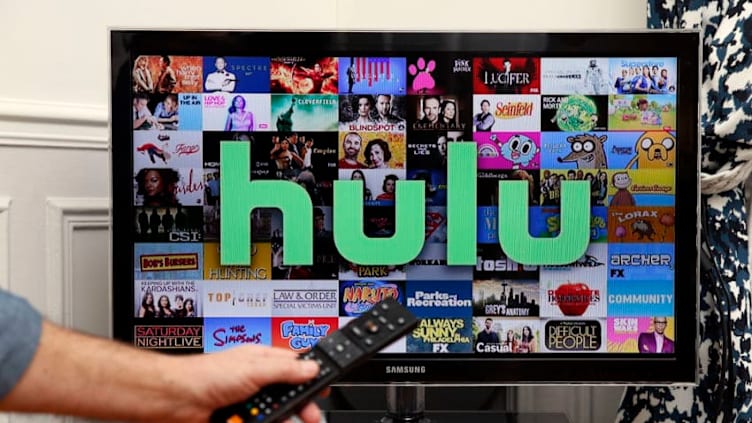Viva Resa: Your Gateway to Insightful Living
Discover news, trends, and tips for a vibrant lifestyle.
Streaming Wars: The Battle for Your Couch
Join the Streaming Wars as giants clash for your attention! Discover who will reign supreme in the battle for your couch. Dive in now!
The Evolution of Streaming Services: From Cable to On-Demand
The transition from traditional cable television to on-demand streaming services marks a significant evolution in how audiences consume media. In the past, viewers were limited by the fixed schedules and channel lineups of cable offerings, often missing content unless they made the time to watch it. However, the advent of streaming platforms like Netflix and Hulu revolutionized this experience, allowing users to watch what they want, when they want. This shift not only changed the viewing habits of millions but also sparked a competitive landscape where traditional cable providers had to adapt by introducing their own streaming options.
As streaming technology progressed, consumers benefited from a more personalized and flexible viewing experience. Features such as binge-watching, ad-free options, and original content created by streaming giants have not only attracted subscribers but have also challenged the very essence of cable television. On-demand streaming has become synonymous with convenience, enabling viewers to access a vast library of shows and movies at the click of a button. This transformation signals a future where traditional cable may become obsolete, leaving audiences to question whether subscriptions to multiple streaming services can truly replicate the comprehensive offerings of cable.

5 Key Factors Influencing Your Streaming Service Choices
In today's digital age, the selection of a streaming service is influenced by several key factors that shape user preferences. Firstly, content availability plays a crucial role; viewers are often drawn to platforms that offer their favorite movies, series, and exclusive originals. Secondly, price is a significant consideration. With multiple services vying for attention, affordability can be a decisive factor, as consumers weigh the cost against the breadth of content provided. Additionally, the user interface and overall experience can enhance or detract from a viewer's choice, as a well-designed platform promotes ease of navigation and binge-watching sessions.
Another influential factor is the availability of features, such as offline viewing, multiple user profiles, and customizable recommendations, which enhance the viewing experience. Furthermore, advertising policies can sway users, as some prefer subscription models without ads, while others may tolerate ads for reduced costs. Finally, social influence cannot be underestimated; recommendations from friends, family, or social media can lead many to discover new services. By considering these five key factors, consumers can make informed decisions that cater to their viewing habits and preferences.
Are Subscription Bundles the Future of Streaming?
The streaming landscape is rapidly evolving, and subscription bundles are emerging as a compelling solution for consumers seeking diversity and value. As more platforms enter the market, viewers are faced with an overwhelming array of choices, often leading to subscription fatigue. By combining multiple services into one convenient package, providers can cater to the needs of their audience while enhancing user experience. For instance, platforms like Hulu + Live TV and Amazon Prime Video have successfully integrated various entertainment options, making it easier for viewers to access a wide range of content without the hassle of managing multiple subscriptions.
Moreover, the rise of subscription bundles aligns with the shifting consumer preferences towards cost-effective solutions. As households increasingly prioritize entertainment options that offer both variety and affordability, it's clear that bundling services may become the norm. In fact, studies indicate that consumers are more likely to subscribe to a service that offers a combination of content types, from movies and TV shows to music and live events. As competition heats up in the streaming industry, we can expect more providers to explore subscription bundles as a viable strategy to attract and retain viewers, ultimately shaping the future of online entertainment.